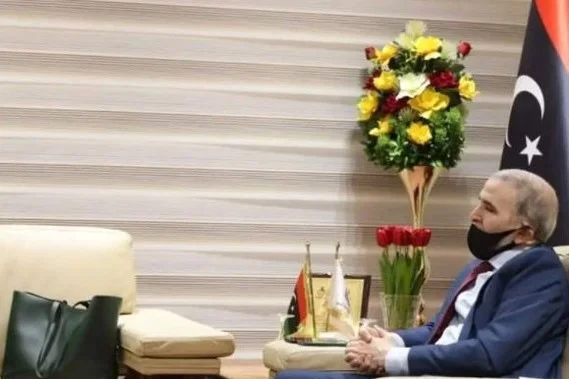“The International Energy”: Libya has the potential to produce low-cost “green hydrogen”

The International Energy Agency has confirmed that Libya is among the regions with low-cost production potential for green hydrogen, calling on African countries to quickly transition to clean and cheaper energy in light of the record-high energy prices worldwide.
In a report released this week, the agency stated that the Russo-Ukrainian crisis has led to an increase in global prices of food, energy, and many essential commodities, putting further economic pressure on Africa, which has already been affected by the repercussions of the coronavirus.
The International Energy Agency expects that hydrogen produced in North Africa from natural gas can remain cheaper by 2030, costing slightly over one dollar per kilogram. In some regions, this production could reach around 1.5 dollars per kilogram. The regions with low-cost production potential include Libya, as well as parts of South Africa, Namibia, Egypt, Sudan, and Chad.
The agency emphasized Africa’s immense potential for hydrogen production using its abundant renewable energy resources, qualifying it to become a major player in global fuel production. It added that Africa has the capacity to produce 5 billion tons of hydrogen annually for less than two dollars per kilogram.
The agency believes that the global reductions in the cost of hydrogen production will allow Africa to export renewable hydrogen to Northern Europe at competitive prices by 2030.
The International Energy Agency also highlighted that low-carbon hydrogen projects primarily focus on ammonia production for fertilizers, which would enhance food security in Africa. While the use of low-carbon hydrogen in Africa is currently minimal, it is expected to play a significant role in the continent’s energy transition, including replacing fossil fuel use in certain industries such as fertilizer production.
Wide-scale investments to benefit from clean fuel potential are needed in Africa, including low-carbon hydrogen and ammonia. Achieving climate and energy goals in Africa requires doubling energy investments this decade, which would amount to $190 billion annually from 2026 to 2030, with two-thirds of these investments directed towards clean energy.
Libya has not yet started investing in green hydrogen production projects, but it has recently turned to other types of renewable energy. The Emirati company “Alfa Dhabi Holding” announced on Monday the signing of a memorandum of understanding with the Libyan Electricity Company to build a solar power station and sell the generated energy to the Libyan government. This comes amid ongoing electricity crisis and expectations that the project will generate 500 megawatts in the first phase and reach 2,000 megawatts in the long term.
Furthermore, as part of the agreement between the French energy company “Total” and the General Electricity Company, the two parties have started implementing a solar power generation project in the Sidiyah area, with a capacity of up to 500 megawatts. This is in line with efforts to catch up with the transition to clean energy and achieve the goal of generating 22% of its electricity from renewable sources by 2030.
 Albania
Albania Algeria
Algeria Andorra
Andorra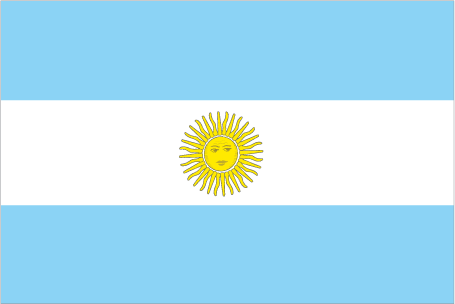 Argentina
Argentina Armenia
Armenia Australia
Australia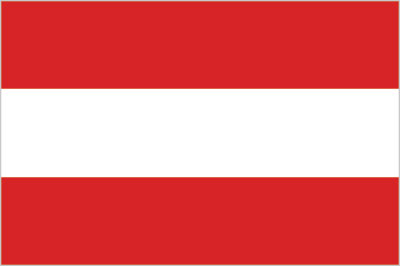 Austria
Austria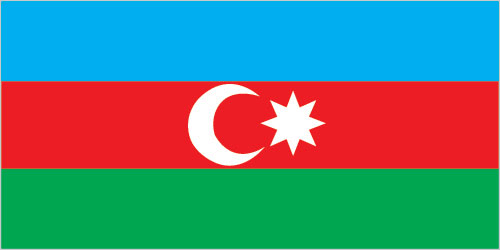 Azerbaijan
Azerbaijan Bahrain
Bahrain Belgium
Belgium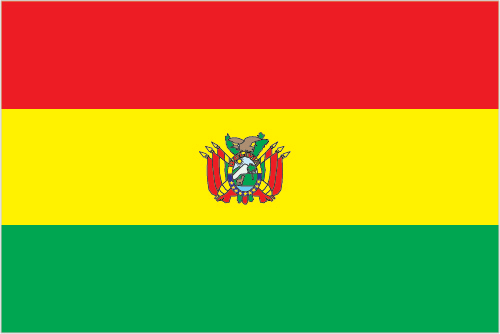 Bolivia
Bolivia Brazil
Brazil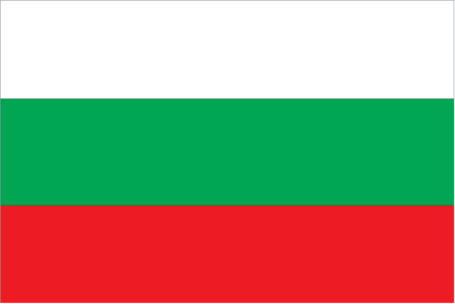 Bulgaria
Bulgaria Cambodia
Cambodia Cameroon
Cameroon Canada
Canada Chad
Chad Chile
Chile China
China Colombia
Colombia Costa Rica
Costa Rica Croatia
Croatia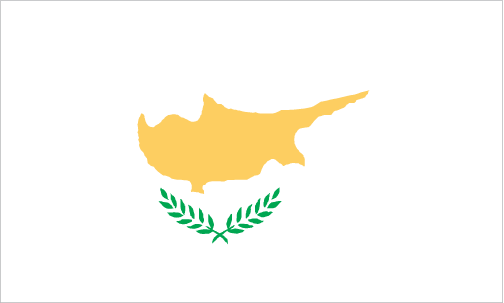 Cyprus
Cyprus Czechia
Czechia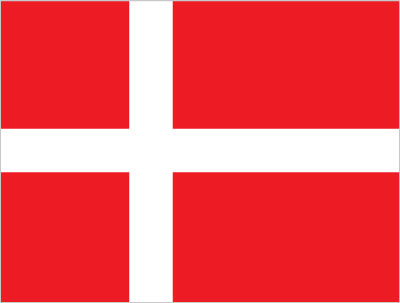 Denmark
Denmark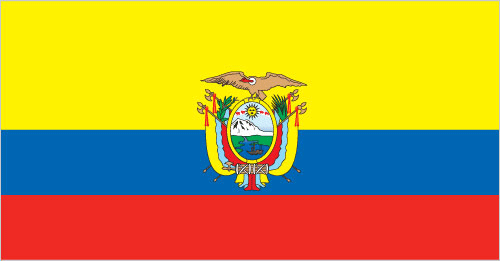 Ecuador
Ecuador Egypt
Egypt Finland
Finland France
France Georgia
Georgia Germany
Germany Ghana
Ghana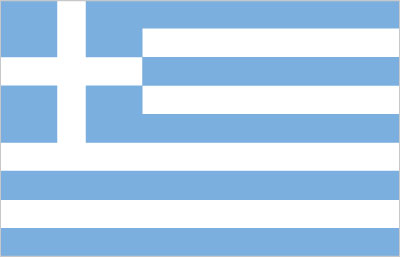 Greece
Greece Hungary
Hungary Iceland
Iceland India
India Indonesia
Indonesia Ireland
Ireland Italy
Italy Jamaica
Jamaica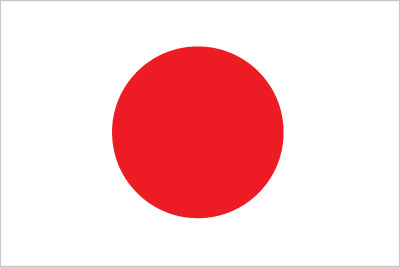 Japan
Japan Jordan
Jordan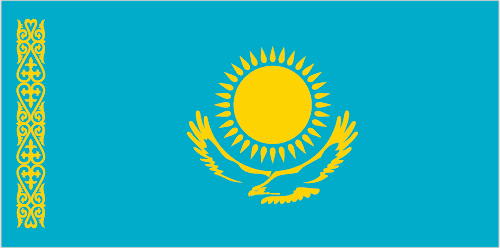 Kazakhstan
Kazakhstan Kenya
Kenya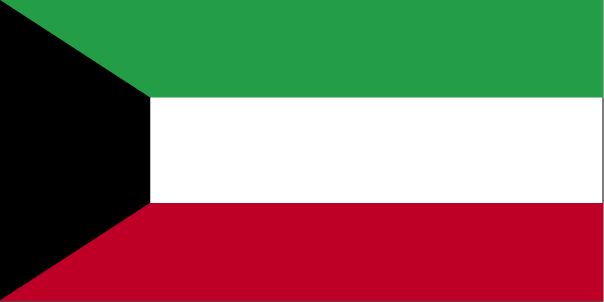 Kuwait
Kuwait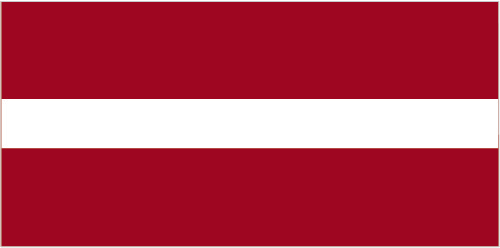 Latvia
Latvia Lebanon
Lebanon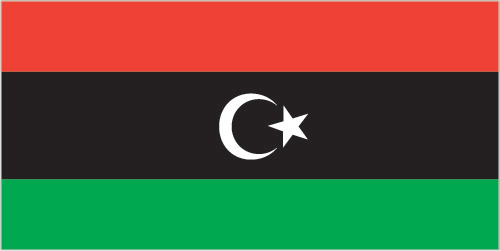 Libya
Libya Lithuania
Lithuania Luxembourg
Luxembourg Malaysia
Malaysia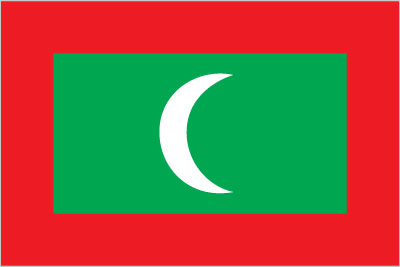 Maldives
Maldives Mali
Mali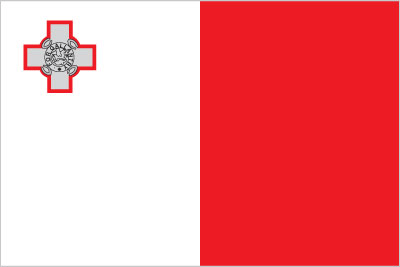 Malta
Malta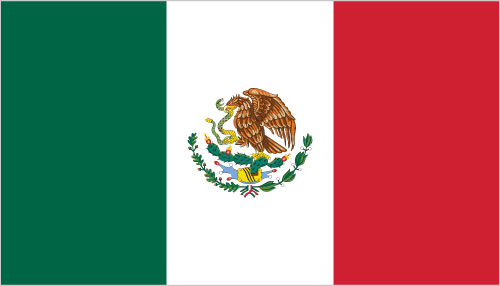 Mexico
Mexico Moldova
Moldova Monaco
Monaco Morocco
Morocco Netherlands
Netherlands New Zealand
New Zealand Nigeria
Nigeria North Macedonia
North Macedonia Norway
Norway Oman
Oman